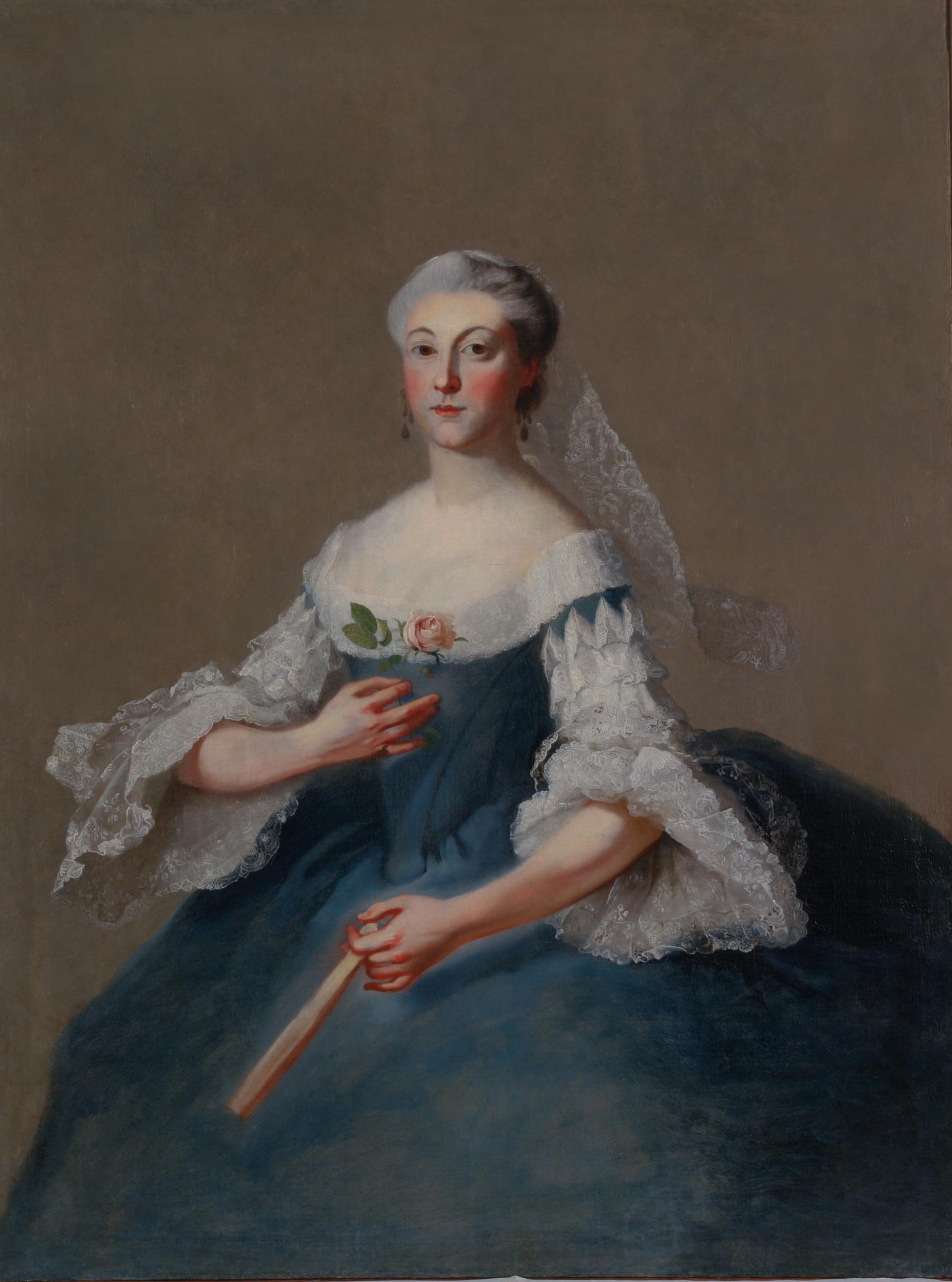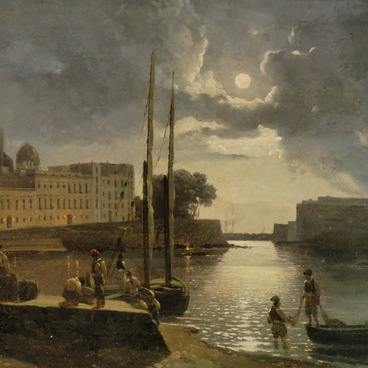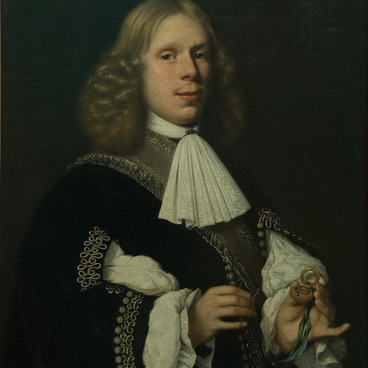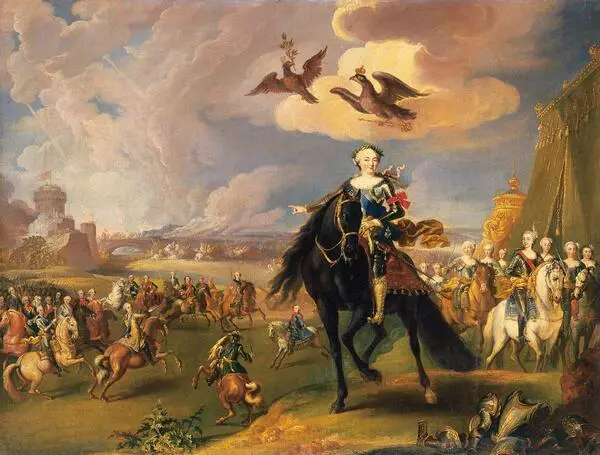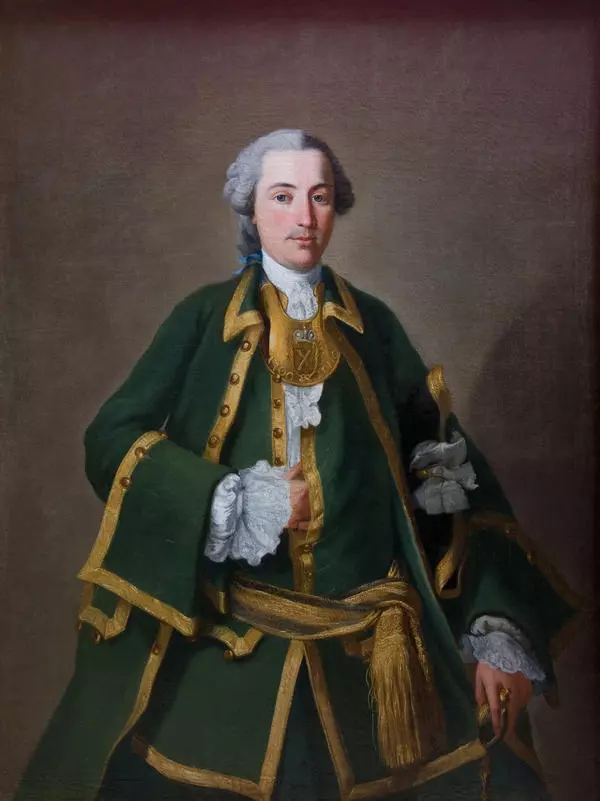The portrait of Countess Maria Vorontsova was painted by Austrian artist Georg Caspar Prenner. The painter worked in Russia for five years and during that time he created quite a number of paintings, for which the most famous people of the era posed. Nowadays, Prenner’s paintings are exhibited in Russia’s top museums: the State Hermitage, the Tretyakov Gallery, and the Russian Museum.
Portrait of M.A. Vorontsova
Время создания
first half of the 1750s
Размер
135x100 cm
Техника
oil on canvas
Коллекция
Выставка
#4
#3
Georg Caspar Prenner was born in Vienna to the family of a court painter. After completing his training at his father’s workshop, he moved to Italy. He worked on church altars in Rome, and made an album of engravings commissioned by Cardinal Troiano Acquaviva d’Aragona.
#8
In 1750, Count Vice Chancellor of the Russian Empire Mikhail Vorontsov invited the 30-year-old painter to come to St. Petersburg. Prenner’s customers were representatives of high society and the imperial house quickly making him a rich man. The artist painted the portraits of Mikhail Vorontsov’s wife, daughter and Vice Chancellor himself, Chancellor Alexey Bestuzhev-Ryumin, young Prince Nikolay Yusupov, Count Peter Shuvalov, Novgorod Governor Jacob Sievers and his cousin, Marshal of the Imperial Court Karl Sievers, and other statesmen. In 1754, he created a ceremonial portrait of Empress Elizabeth Petrovna.
#5
Shortly thereafter, the sought-after artist was contacted by Vice Chancellor’s younger brother Ivan Vorontsov. He commissioned the Austrian artist to create portraits of his family members. His wife was the daughter of Russian diplomat Artemy Volynsky. After the execution of her father accused of conspiracy against Anna Ioannovna’s favourite Ernst Biron, she was exiled to Siberia and tonsured a nun. When Empress Elizaveta Petrovna ascended to the throne, Maria Volynskaya was released from her monastic vow and permitted to return to Moscow. There she got married to Count Ivan Vorontsov.
#6
The portrait of Maria Vorontsova by Prenner is part of the spouses’ pendant portrait. She is pictured with a simple, but elegant hairstyle wearing a beautiful dress adorned with lace cuffs. The countess’s rouged face, theatrical pose and gestures emphasize her sophistication.
#7
High society accepted Prenner favourably, but there were some critics, who did not like his work. Jacob Stahlin, a prominent member of the Russian Academy of Sciences, reproached the artist for the narrowmindedness of his art and roughish painting. He also found that the artist repeatedly used the same figure positioning techniques. However, it was exactly what accounted for his success with the imperial court. Members of Russian nobility wanted to look like representatives of European high society. Therefore, the artist created stately images and emphasized their pompous clothes.
#9
Ministry of Culture of the Russian Federation
читать дальшескрыть
00:00
00:00
1x
Portrait of M.A. Vorontsova
Время создания
first half of the 1750s
Размер
135x100 cm
Техника
oil on canvas
Коллекция
Выставка
Открыть в приложении
Поделиться
